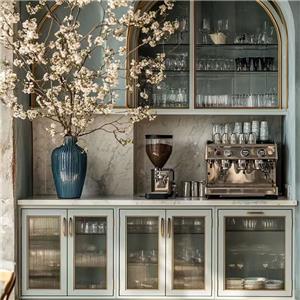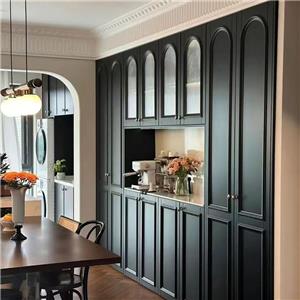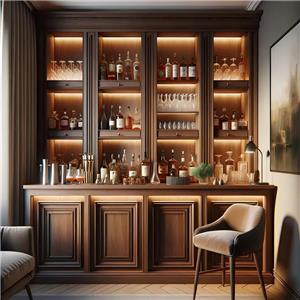How to remove mold behind built in wardrobe closet?
With climate change and increased humidity, mold has become one of the hidden dangers to family hygiene and health, especially in closed spaces such as wardrobes. Due to its unique design, built in wardrobe closets often face the problem of poor air circulation, which provides good conditions for the growth of mold. Mold not only affects the cleanliness and hygiene of clothes, but may also threaten the health of your family, so it is particularly important to know how to effectively remove mold behind built in wardrobe closets.
In this article, we will take a deep look at the causes of mold, how to prevent mold growth, and provide you with effective methods to remove mold to help you restore a healthy and clean wardrobe environment.
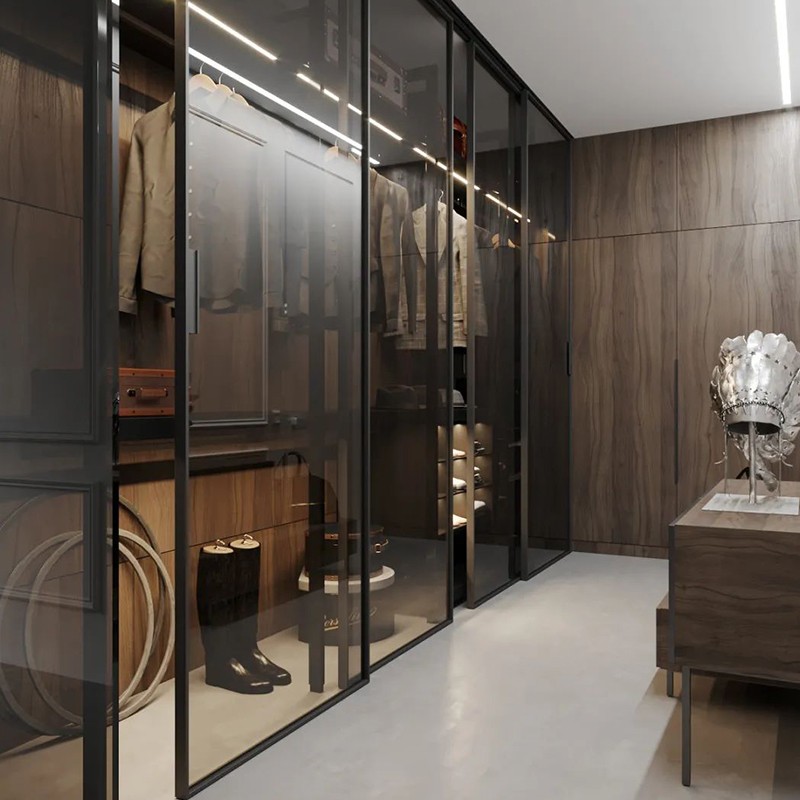
What is mold?
Mold is a fungus that likes moist, warm and poorly ventilated environments. Mold spores are usually airborne and they begin to multiply when they encounter a damp surface. built in wardrobe closets are usually closed, especially those without vents, where moisture is difficult to dissipate, which can easily lead to mold growth.
Common causes of mold include:
● Overly humid environment: Moisture is the most important factor for mold growth. Especially in rainy seasons or areas with heavy humidity, excess moisture in the air can easily accumulate behind wardrobes, door cracks or wooden board joints.
● Poor ventilation: built in wardrobe closets are mostly closed in design and poorly ventilated, especially near the wall or at the bottom, where there is not enough air circulation, which provides a breeding ground for mold.
● Residual moisture in clothing: Sometimes, putting damp clothes or clothes soaked with sweat directly into the built in wardrobe closet and not drying them completely can also cause moisture accumulation in the wardrobe, which in turn breeds mold.
● Water seepage in the wall: Water seepage in the wall, leaking pipes and other problems are often invisible factors that lead to mold growth. Moisture penetration in the wall or behind the wall can make the back of the built in wardrobe closet a breeding ground for mold.
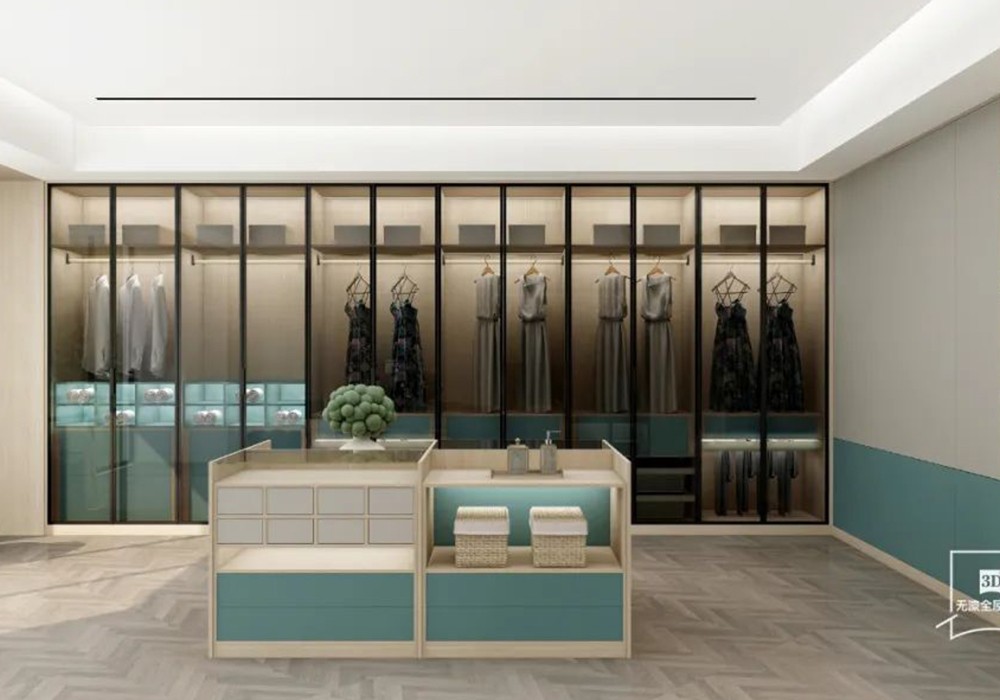
How to identify the presence of mold?
When mold grows behind a built in wardrobe closet, it may not be easy to detect immediately. It usually appears as tiny spots or patches of white, green, or black, especially in corners, walls, or gaps in doors. Here are some common signs of mold:
● Spots or stains: If you find unidentified spots behind the built in wardrobe closet or on the wall, especially if they are green, black, or white in color, it may be a sign of mold.
● Damp odor: Mold growth is usually accompanied by a damp, musty smell. If you smell a musty odor when you open the door, it may be a sign of mold growth.
● Mold stains on clothing: If the clothing or accessories in the built in wardrobe closet are moldy, discolored, or have mold spots, it means that the mold has spread to the clothing.
● Water seepage on the wall: Water seepage behind the wall increases humidity and is an important cause of mold growth. Water stains on the wall or wallpaper peeling off may also be a sign of a mold problem.
What are the methods to remove mold from the back of the built in wardrobe?
Once the presence of mold is confirmed, it is very important to clean it up in time. Mold not only affects the appearance, but can also cause health risks such as allergic reactions and respiratory problems. Therefore, effective measures must be taken to remove mold. Here are some common and practical cleaning methods:
1. Use vinegar
Vinegar is a natural fungicide that can effectively remove mold. It is not only non-toxic, but also cheap and suitable for home cleaning.
Steps:
● Prepare white vinegar and water and mix them in a 1:1 ratio.
● Use a spray bottle to spray the mixture behind the built in wardrobe closet and the area where mold grows, trying to cover all the mold spots.
● Let the solution sit for 10 to 15 minutes to give the vinegar a certain amount of time to clean.
● Use a soft brush or sponge to gently wipe the mold spots, and be careful to avoid using hard objects to scrub, so as not to damage the cabinet surface.
● Finally, wipe with a damp cloth to make sure that the remaining vinegar is cleaned up.
2. Use bleach
Bleach (chlorine bleach) is a strong disinfectant that has a good effect on removing mold. Be careful when using bleach because it has a strong odor and is somewhat corrosive, so you need to pay attention to ventilation and protect yourself.
How to do it:
● Dilute bleach to water in a 1:10 ratio.
● Dip a spray bottle or rag into the solution and apply it to the mildew stain.
● Leave it for 10 to 15 minutes before gently scrubbing with a brush.
● Rinse well with clean water after scrubbing to avoid any bleach residue.
● To avoid irritation, wear gloves during cleaning and make sure the room is well ventilated.
3. Use baking soda
Baking soda is a very effective natural cleaner that has both stain removal and moisture absorption properties. It can easily remove mildew from built in wardrobe closets without damaging most surfaces.
How to do it:
● Mix baking soda and water in a 2:1 ratio to form a paste.
● Use a sponge or soft cloth to apply the baking soda paste to the mildew stain, covering it completely.
● Let it sit for 10 to 15 minutes before gently scrubbing the mildew stain with a brush.
● Finally, wipe it clean with a damp cloth to remove any baking soda residue.
4. Use a special mold cleaner
There are also many special mold cleaners on the market. These cleaners usually contain antibacterial ingredients and can effectively inhibit the growth of mold in built in wardrobe closets. When using, just follow the product instructions.
Operation steps:
● Buy a mold cleaner and dilute it according to the proportion on the instructions or use it directly.
● Spray it on the mold area and wait for a while.
● Wipe the mold stains with a brush or sponge.
● Wipe it clean with clean water.
5. Improve air circulation and humidity
The reason why mold grows is mainly due to moisture accumulation. Therefore, after cleaning the mold, improving the air circulation behind the built in wardrobe closet is the key to preventing mold from growing again.
● Increase ventilation: Keep the room ventilated and avoid a closed environment. You can open windows regularly to increase air circulation.
● Use a dehumidifier: A dehumidifier can effectively reduce the humidity in the air and prevent moisture accumulation. Especially in the rainy season or in areas with high humidity, a dehumidifier can greatly reduce the risk of mold growth.
● Regular inspection: Check the back of the built in wardrobe closet regularly to find and deal with mold problems in time.

Tips for preventing mold growth
After removing mold, prevention is equally important. Here are some tips for preventing mold growth:
● Keep the wardrobe dry: Moisture is the root cause of mold growth, and keeping the wardrobe dry is the key to preventing mold. Clean wet items in the cabinet regularly and avoid putting wet clothes in the wardrobe.
● Install exhaust fans or dehumidifiers: Provide a better ventilation system for built in wardrobe closets. Especially in humid seasons, use exhaust fans or dehumidifiers to keep the inside of the wardrobe dry.
● Regular cleaning: Clean the built in wardrobe closet regularly, especially the gaps and back of the cabinet, to prevent mold from growing.
● Use anti-mold agents: Some anti-mold agents can help keep the built in wardrobe closet dry and inhibit mold growth. You can choose some non-toxic and environmentally friendly anti-mold products.
China’s Leading Supplier for Stylish Cabinets
Gagaluna, a trusted name in custom furniture, produces premium-quality cabinets, wardrobes, and decorative panels at competitive prices. Located in Foshan, China, our factory uses durable materials like aluminum and acrylic to ensure long-lasting designs. Buyers enjoy wholesale pricing, tailored quotes, and excellent service. Contact Gagaluna for affordable solutions tailored to your needs.

